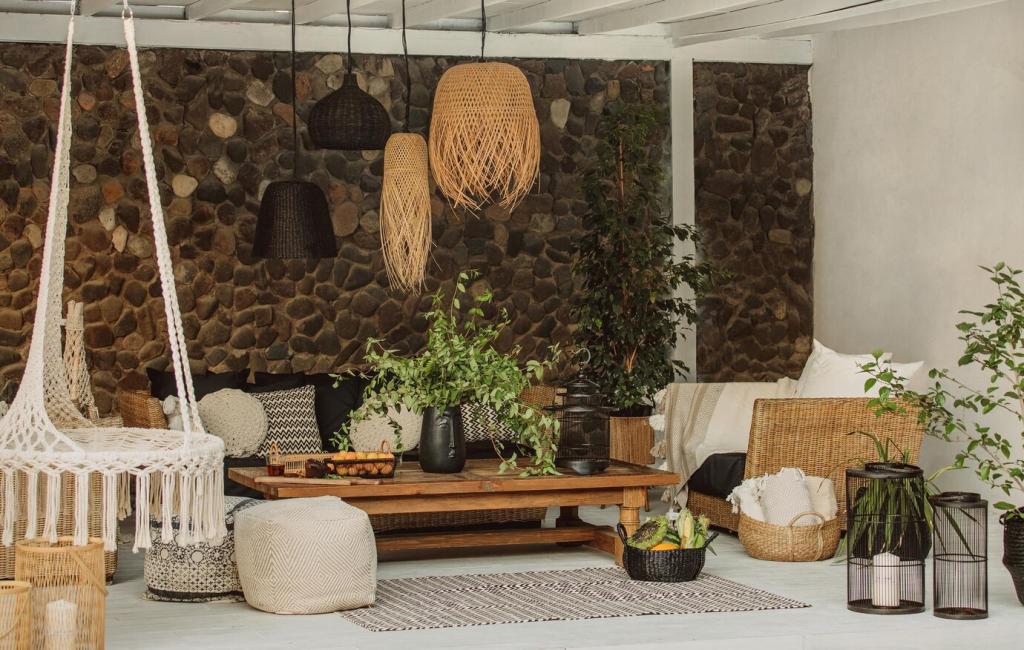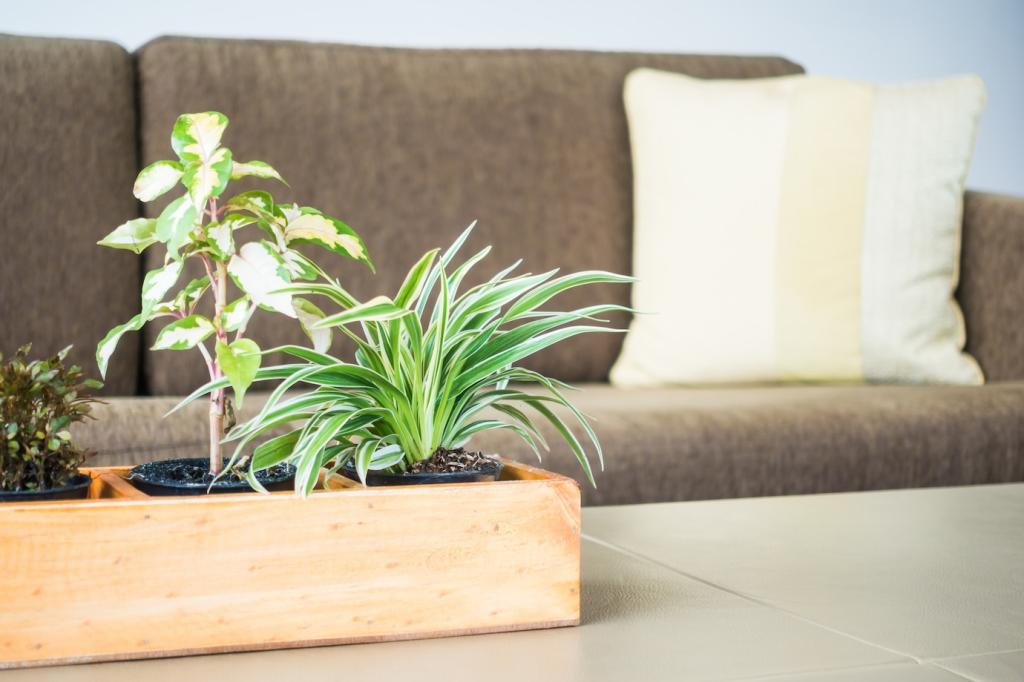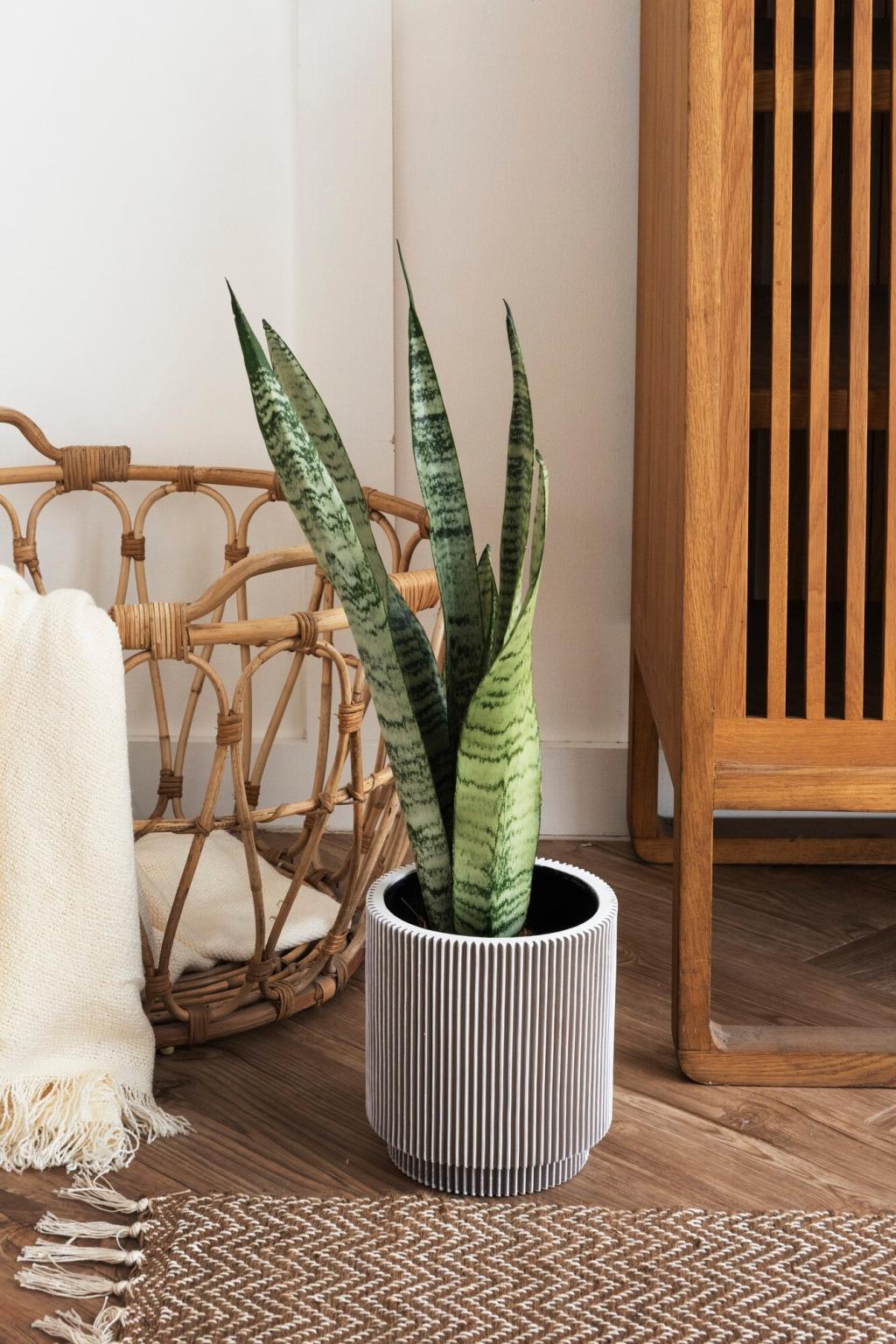
Biophilic Design: Connecting Homes with Nature
Biophilic design transforms living spaces by integrating natural elements to create harmonious, health-promoting environments. Rooted in the concept that humans possess an innate affinity for the natural world, this design philosophy focuses on strengthening the connection between people and nature within residential settings. Through intentional choices in architecture, interior design, and decor, biophilic design enhances well-being, comfort, and aesthetic appeal. By inviting nature indoors, homeowners can enjoy restorative surroundings that support relaxation, creativity, and overall quality of life.
The Principles of Biophilic Design
Direct interaction involves incorporating tangible natural elements within the home environment. This includes integrating living plants, water features, ample daylight, and views of natural landscapes. By engaging the senses through sight, sound, texture, and even scent, homeowners can experience a tangible bond with the outdoors while remaining indoors. The presence of living materials not only beautifies interiors but also improves air quality and creates a calming ambiance that positively influences mood and productivity.
Indirect biophilic design utilizes representations and symbols of nature rather than direct exposure. This approach can manifest through natural patterns, textures, materials, or colors that mimic those found in outdoor settings. Examples include using wood or stone surfaces, botanical motifs on textiles, and earthy color palettes. These elements evoke the essence of nature even in urban or high-rise residences, making it possible to cultivate a nature-inspired atmosphere regardless of physical limitations or climate.
The way spaces are organized plays a crucial role in fostering a biophilic connection. Open, flowing floorplans, organic forms, and spaces that allow for prospect and refuge mirror the complexity and variability of natural environments. Such layouts promote exploration, comfort, and moments of retreat within the home. Incorporating flexible spaces that adapt to different activities and moods further enhances the sense of harmony between inhabitants and their living environment, reinforcing biophilia on a psychological level.
Benefits of Incorporating Biophilic Design

By introducing natural light, fresh air, and living greenery, biophilic homes promote physical health. Improved indoor air quality, reduced exposure to pollutants, and increased opportunities for physical activity contribute to better overall health outcomes. Furthermore, proximity to natural elements has been shown to reduce stress levels, lower blood pressure, and support restorative sleep patterns, making the home a true haven for well-being.

Utilizing Natural Light and Ventilation
Maximizing natural light is central to biophilic design. Large windows, skylights, and glass doors invite daylight deep into living spaces, illuminating rooms and uplifting the spirit. Proper ventilation ensures fresh air circulates throughout the home, reducing stuffiness and introducing the subtle, changing scents of the outdoors. These elements not only foster comfort but also support seasonal rhythms, aligning daily routines with the cycles of nature.

Incorporating Living Greenery
Bringing plants into the home is one of the most effective ways to nurture a connection with nature. From potted herbs on the kitchen sill to lush green walls in living areas, greenery enlivens interiors and offers continuous benefits such as air purification and humidity regulation. Caring for plants invites mindfulness and responsibility, encouraging a reciprocal relationship with the natural world and imbuing the home with vibrant energy.

Blurring Boundaries Between Indoors and Out
Design strategies that dissolve the distinction between interior and exterior spaces intensify the biophilic experience. Installing sliding glass doors, creating indoor courtyards, or designing patios that flow seamlessly into living areas fosters a sense of immersion in nature. These transitional zones offer places to relax, entertain, and reconnect, ensuring the home remains adaptable to changing seasons while always maintaining a link to the surrounding environment.
